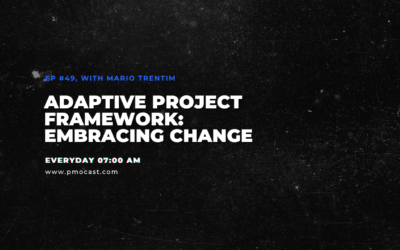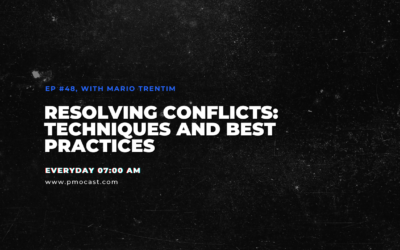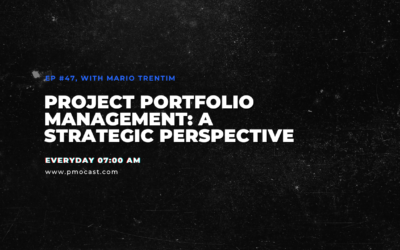The sphere of project management is a dynamic one, with methodologies and practices continually evolving to keep pace with the fast-moving world of business. One such development is the rise of hybrid project management—an approach that combines the best elements of traditional Waterfall and Agile methodologies. As project managers seek to balance structure with flexibility, this hybrid model is gaining traction.
Understanding the Hybrid Approach in Project Management
Hybrid project management presents a solution for those seeking to incorporate the structure and predictability of the Waterfall methodology while maintaining the adaptability and iterative nature of Agile. By merging the best aspects of these methodologies, project managers can create a flexible approach that can adapt to the unique needs of different projects.
Making Hybrid Project Management Work for You: Practical Tips
The effectiveness of the hybrid model lies in its adaptability. Here are some practical tips to help you successfully implement this approach:
Tip #1: Understand the Strengths and Weaknesses of Each Methodology
To build an effective hybrid model, you first need to understand the pros and cons of both the Waterfall and Agile methodologies. Waterfall offers a sequential approach with clear stages, making it ideal for projects where predictability and structure are paramount. On the other hand, Agile is a more flexible, iterative approach that allows for continuous refinement and adaptation—perfect for projects with shifting requirements or those in fast-paced environments.
Tip #2: Tailor Your Approach to Your Project’s Needs
The beauty of the hybrid approach is that it’s not one-size-fits-all. Depending on factors such as project scope, team composition, and stakeholder expectations, you can adjust the blend of Waterfall and Agile elements to suit your specific project needs.
Tip #3: Maintain Open Communication and Collaboration
Effective communication and collaboration are the lifeblood of any project, and even more so in a hybrid environment where practices might shift between stages. Ensure your team understands the chosen approach and arm them with the tools and resources necessary for effective collaboration.
Tip #4: Stay Flexible and Adaptable
One of the significant advantages of the hybrid approach is flexibility. Be ready to pivot your strategy as needed, and keep lines of feedback open with your team and stakeholders. It’s this ability to adapt that will keep your project on track and deliver the desired outcomes.
Tip #5: Continuously Evaluate and Improve Your Process
The quest for project management excellence is an ongoing journey. Regularly review and evaluate the effectiveness of your hybrid approach, learning from each project. Iteration and continuous improvement should be part of your project DNA, ensuring you’re always delivering the best outcomes.
By incorporating the principles of hybrid project management, you can leverage the strengths of both Waterfall and Agile methodologies, providing the flexibility and structure necessary to deliver successful projects. Share your insights and experiences with this approach using the hashtag #PMOCast and stay tuned for more project management insights.
SEO Keywords: Hybrid Project Management, Agile, Waterfall, Flexibility, Communication, Collaboration, Adaptability, Continuous Improvement. Meta Description: Discover how hybrid project management, combining the best of Waterfall and Agile methodologies, can provide the flexibility and structure necessary to deliver successful projects.




0 Comments